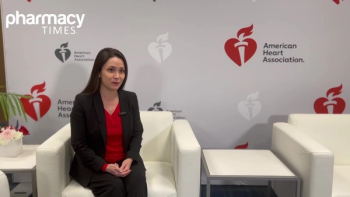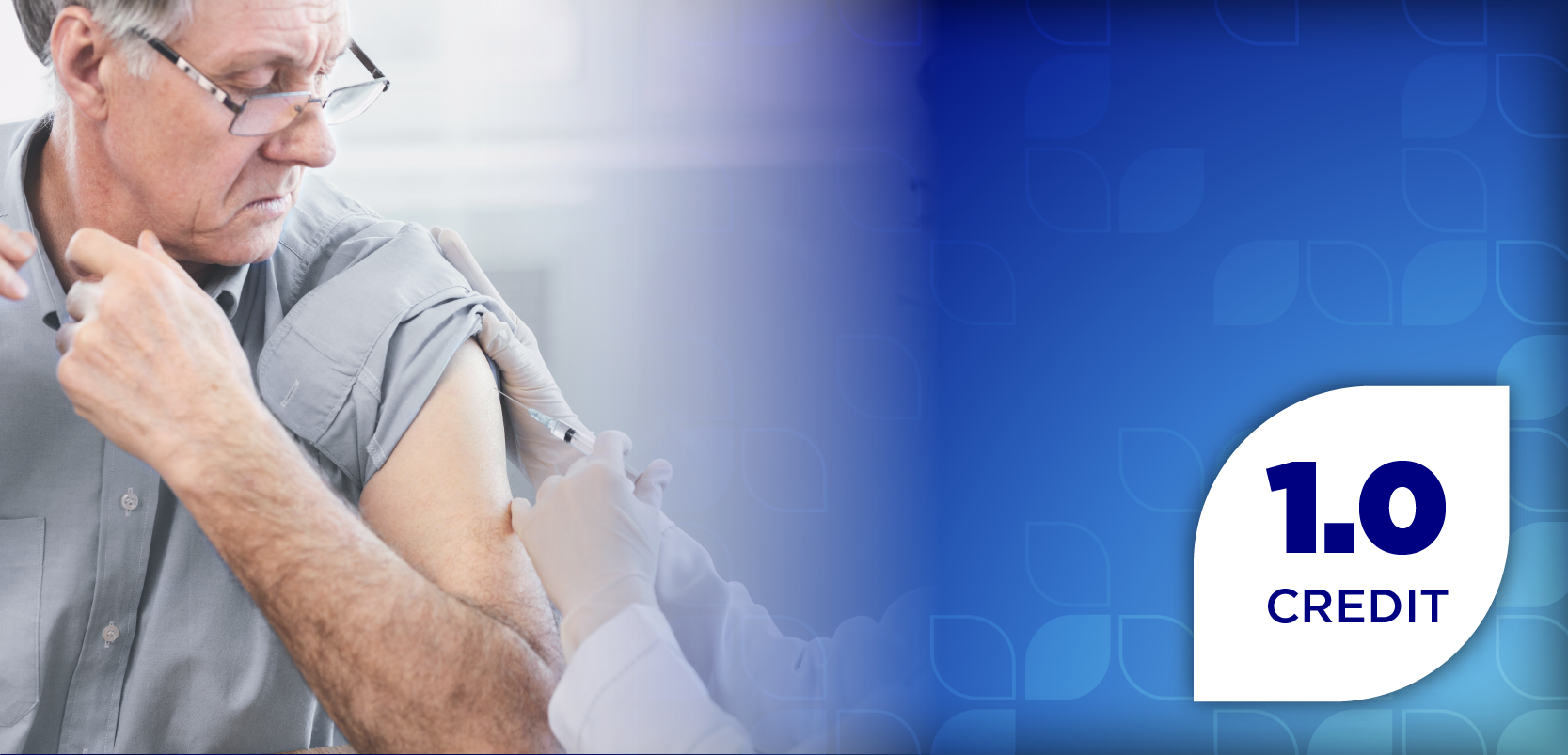
Study Finds Similar Outcomes Between hMPV and RSV Hospitalizations
Key Takeaways
- hMPV and RSV cause similar respiratory symptoms and are significant in vulnerable populations, leading to substantial healthcare resource utilization and morbidity.
- A study comparing hMPV and RSV in hospitalized adults found similar risks of complications and in-hospital mortality, with hMPV patients having a slightly lower risk of extended hospitalization.
New research reveals similar severe outcomes for adults hospitalized with hMPV and RSV, emphasizing the need for awareness of both infections.
Human metapneumovirus (hMPV) and respiratory syncytial virus (RSV) contribute to acute respiratory infections, especially among vulnerable populations. While RSV has been extensively studied, research around the clinical impact of hMPV is limited.1
In a new study presented at IDWeek 2025, which took place from October 19 to 22, 2025, in Atlanta, Georgia, researchers assessed the risk of severe outcomes in adults hospitalized with hMPV compared to those with RSV. The findings suggest that both infections were linked with substantial and similar health care resource utilization and morbidity.1
Understanding hMPV and RSV Signs and Symptoms
Human metapneumovirus infections are caused by a virus that replicates by using the body’s own cells. It belongs to the same family of viruses responsible for illnesses such as RSV measles, and mumps. Individuals with hMPV present mild symptoms like a common cold, such as coughing, wheezing, runny nose, or sore throat. However, young children, adults aged 65 years and older, and individuals with a weakened immune system face a higher risk for serious illnesses. The virus often causes upper respiratory infections but sometimes causes lower respiratory infections, including pneumonia, asthma flare-ups, or worsened chronic obstructive pulmonary disease.2
hMPV and RSV are both from the same genus, Pneumovirus, and cause comparable respiratory symptoms. Similar to hMPV, RSV symptoms are mild and mimic a common cold but could cause severe symptoms for older adults, infants, and individuals that are immunocompromised. Signs of RSV appear about 4 to 6 days after exposure, including congestion, runny nose, dry cough, sore throat, sneezing, and headache. RSV infections can progress to the lower respiratory tract, leading to pneumonia or bronchiolitis, presenting symptoms of fever, severe cough, wheezing, rapid or labored breathing, and a bluish tint to the skin caused by low oxygen levels.3
Assessing the Risk of Severe Illness in Adults With hMPV vs RSV
Researchers conducted a retrospective cohort study at Kaiser Permanente Southern California to evaluate the risk of severe outcomes in adults hospitalized with hMPV compared to those with RSV. The study included adults aged 18 years and older who tested positive for hMPV or RSV between July 2011 and June 2024, analyzing hospital length of stay, ICU admission, complications, and in-hospital mortality. The researchers used multivariable Poisson regression models to estimate the relative risk of these outcomes in hMPV patients compared to patients with RSV.1
A total of 2859 hMPV-associated and 3029 RSV-associated hospitalizations were included, with similar age (median 74 vs 75 years), sex (59.6% vs 58.0% female), and race (45.9% vs 45.3% non-Hispanic White) cohorts between both groups, respectively.1
The results demonstrated that nearly 30% of patients hospitalized with either hMPV or RSV had hospital stays lasting 7 days or longer, and around 15% of patients needed ICU care. However, patients with hMPV had a slightly lower risk of extended hospitalization compared to those with RSV. Pneumonia, which is a risk factor for both infections, occurred in over half of all cases and was more common among hMPV patients. The study authors noted that rates of bacteremia or sepsis, cardiac complications, acute renal failure, and in-hospital death were similar between both groups.1
The findings suggest that hMPV and RSV were linked with similar risks of complications and in-hospital mortality. The study authors noted that this highlights the importance of clinical appreciation of severe outcomes connected with hMPV hospitalized patients.1
REFERENCES
1. Rayens E, Qian L, Ackerson B, et al. Presented at IDWeek 2025; October 21, 2025; Atlanta, GA. Accessed November 13, 2025, via IDWeek’s online conference platform.
2. Human Metapneumovirus (HMPV). News release. Cleveland Clinic. Updated June 20, 2023. Accessed November 13, 2025. https://my.clevelandclinic.org/health/diseases/22443-human-metapneumovirus-hmpv
3. Mayo Clinic Staff. Respiratory syncytial virus (RSV). News release. Mayo Clinic. October 4, 2023. Accessed November 13, 2025. https://www.mayoclinic.org/diseases-conditions/respiratory-syncytial-virus/symptoms-causes/syc-20353098
Newsletter
Stay informed on drug updates, treatment guidelines, and pharmacy practice trends—subscribe to Pharmacy Times for weekly clinical insights.
















































































































































































































